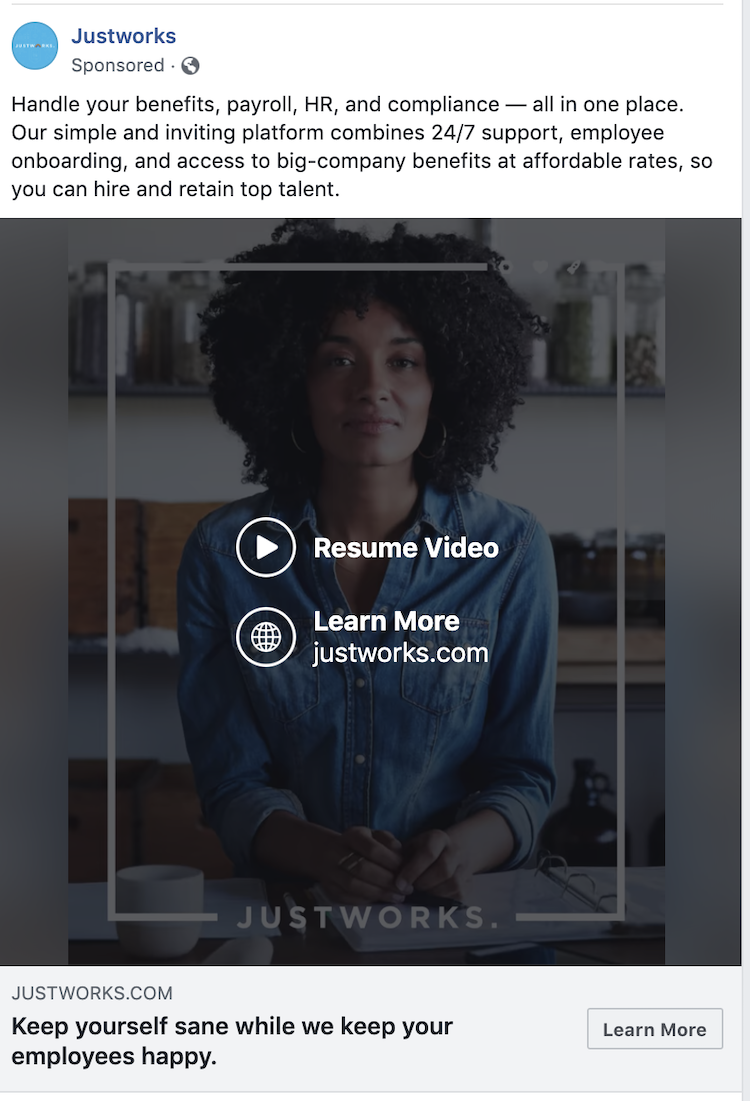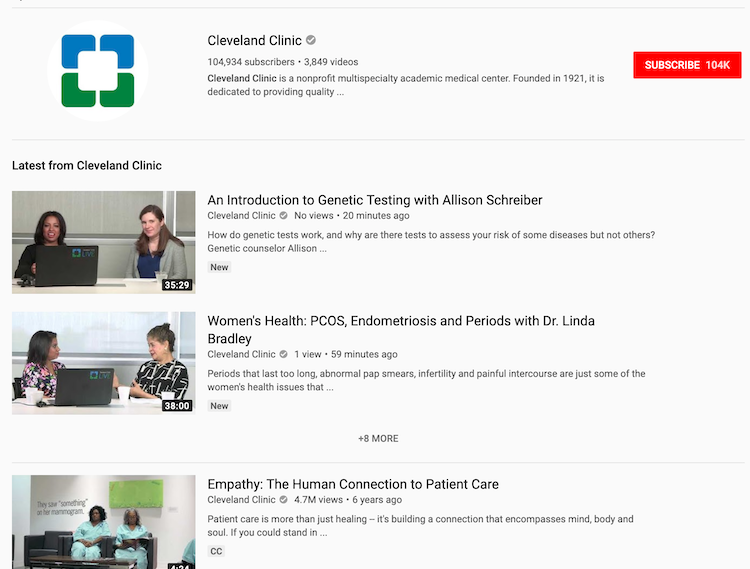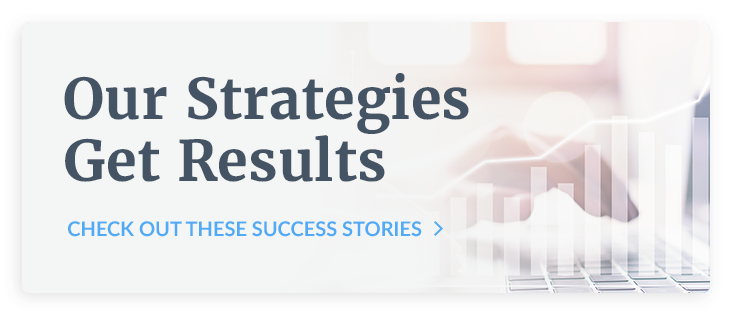
6 Digital Marketing Channels To Enhance Brand Awareness

Unless your name happens to be Apple, Google, Amazon, Nike or a handful of other companies, instant brand awareness is not guaranteed. Very few companies succeed without having an established and credible brand, if not with the public at large, then at least with their target audience. Regardless of whether your company is a major global player, an outfit with a niche product and a highly-targeted audience or somewhere else on the spectrum, leveraging digital marketing to enhance brand awareness is a non-negotiable.
When developing a brand awareness campaign, the value of having a focused and intentional digital marketing strategy is undeniable. With 5.44 billion people online every day, it can be understandably daunting to figure out where to even begin!
Like any journey, you won't start until you take that first step. With brand strategy, it's as straightforward as identifying the right digital marketing channels to use, and how much priority to give to each.
6 Digital Marketing Channels to Boost Brand Awareness
For marketing that will get you on the radar—top-of-funnel, in industry parlance—consider these six main digital marketing channels.
Content Marketing
Content marketing is fundamental to any digital marketing strategy and critical for every point on the customer journey. When you consistently create strategic, high-quality, engaging content that’s relevant to your target audience, it gives you the opportunity to chase more brand-relevant keywords and keeps your website fresh, which search crawlers like. Authoritative, timely content also gives other websites more reasons to link to your work, which is a key signal to search engines.
In addition, every piece of helpful content that your audience will want to engage with is something you should promote on social media and in ads. If the only thing you share on social channels is your products, then you’re hoping someone will convert the first time they hear about you. The customer journey is a marathon, not a sprint!
Content marketing gives you the chance to reach people with the information they're looking for when they’re first asking questions that relate to your products or services. You can achieve that crucial first foothold of brand awareness and use it to build credibility and cultivate trust, so you’re more likely to be top of mind when they’re closer to making a purchasing decision.
Social Media Marketing
Social media is ubiquitous; over 300 people in the U.S use it every day, to the tune of over two hours of time spent on social platforms. These venues are integral to how people shop, communicate, get their news, even how they think and feel.
It should come as no surprise, then, to learn that social media marketing is the next-most important digital marketing channel after content to consider in any brand awareness strategy. After all, social media is content!
Social media marketing encompasses everything you do on social media for free—or at least, that you only pay for it in labor costs. It starts with identifying the best channels to target, based on where your audience spends their time. And while it includes sharing content and promotions from your website to elevate brand awareness, it’s just as important to spend time on your social media platforms engaging other accounts.
Social media marketing should be a blend of self-promotion and relationship-building. Use your platforms to share useful content from other credible outlets and resources in your industry, and participate in relevant conversations. By fostering new relationships, you’ll start to build a following, which is also key to brand awareness.

SEO
It's estimated Google processes 8.5 billion searches daily. Popping online and using search in is our go-to solution for almost every question or problem we have. If your website is one of the first things to show up in search when someone’s looking for answers to a problem your products or services solve, it can translate into potentially thousands of new people learning about you.
Search engine optimization (SEO) is a competitive digital marketing channel and it takes time to start seeing meaningful results. But when you can get your website to show up on the first page of Google (and other search engines, but mostly Google), it can pay significant dividends in relevant brand awareness. After all, SEO keyword targeting means people are looking for what you do and finding you right away.
While SEO results can take a while to achieve, playing the long game brings its benefits. The more you build your website authority, the more keywords you’ll be able to claim on page one. And once you get to page one, staying there is easier. And once you stay there, it's easier to get your secondary keywords to rank, as well. Call it an SEO snowball.
Paid Media
It goes by many names, but paid media encompasses all forms of digital advertising: paid search (also known as PPC or search engine marketing), paid social, display, native, connected TV, even promoted content.
Paid search advertising is SEO’s paid brother. Both digital marketing channels are focused on gaining visibility within search engines, but where SEO is focused on organic results, paid search is how you show up in the paid results. For some searches, those paid results dominate search engine results pages (SERPs), requiring users to scroll to even see any organic results.

Paid search provides some distinct benefits from SEO. Because you pay directly for those top spots, rather than having to work to earn them, a thoughtful paid search strategy can raise brand awareness much faster than conventional SEO might. And paid campaigns give you the power to specify who your ads will reach based on pre-determined factors like geography and search behavior.
You can also achieve an especially wide reach since Google Ads includes a display network that powers the ads you see on websites across the web, as well as on other Google properties like Gmail and YouTube. Though there is an array of factors that determine an ad's reach, we know it can reach over 90 percent of all internet users.
Social Media Advertising
A big challenge in social media marketing, especially for new accounts, is that the only people who see most of your updates are those who already follow you. That makes using social media marketing for brand awareness a slow proposition. But you can earn visibility and followers faster by also smartly investing in social media advertising.
Social media advertising is to social media marketing what paid search is to SEO. All the major social media platforms include an advertising platform, and most of them are pay-per-click like search advertising is. They also include extensive targeting options so you can get your messaging in front of the specific social media users most likely to be interested in your brand.

In addition to advertising with these social platforms, many brands are gaining traction on social media by identifying popular influencers in their niche and working with them to promote their brands. People with a large following on social media have already gained the trust and attention of your audience. If they post about your brand, it’s a quick way to gain more interest and followers.
Learn more about options for paid media campaigns here.
Video
With more than 2.5 billion users, YouTube is one of the most popular websites on the internet, and serves as a de facto social media platform. Sure, a good chunk of that may be cat videos, but YouTube users are also watching brand videos. Over one-third of consumers said they prefer video to other types of branded content, and 53 percent said they’re more likely to engage with a brand after viewing a video.
Video marketing is an extension of content marketing. It can be a useful form of content for readily providing helpful product information and answers to common questions potential customers have. Video and can be promoted on social media and in ads more effectively than written content.

How To Choose the Best Digital Marketing Channels for Brand Awareness
Choosing the right digital marketing channels to include in a brand awareness campaign is less about choosing between different channels and more about figuring out the best mix of using multiple channels. Most work better in tandem than alone.
To determine the right blend for your company, follow these steps.
Clearly define your goals
Your main goal is brand awareness, but how do you measure that? If your priority is building your company’s reputation, thought leadership tactics like earned media and dynamic content offerings should be given precedence. If increasing the volume of people learning about your brand is your main goal, then channels like paid search and SEO will help you reach the masses.
Do audience research
Brand awareness campaigns aren’t one size fits all; every brand has a distinct audience they need to reach. The channels you focus your time and money on should directly relate to how your audience spends their time online as well as how they make their purchasing decisions. Use audience research -- buyer personas, customer data and brand evangelist interviews, to name three -- to better understand your customers' online habits and the channels they use most in learning about brands and deciding which ones to engage with.
Consider your budget
You have to keep your choices within and realistic to the budget you have. While paid media efforts can drive faster results, when not managed carefully or strategized appropriately, they can grow very expensive and become sunk costs. Strategies like SEO and an inbound-minded content and social media plan may cost less, but you’ll still need to pay for the professionals you hire and spend executing them. Carefully consider your budget and weigh how the costs of different marketing channels relate to your priorities.
Create a strategy
Deciding which digital marketing channels to focus on is only one part of a strategy, you also need to determine how you’ll use each one. A solid strategy involves thinking through how the different channels can support each other and connects your brand awareness activities to the marketing your team creates. After all, a good digital marketing strategy doesn’t end with awareness; you also want to move the flywheel and drive conversions.
Track results and refine your strategy
The choices you make on Day 1 of your brand awareness strategy won’t be perfect because you’re working with limited information. In nearly every circumstance, it's not smart to make decisions about strategy based on Day 1 data!
Every day your brand awareness campaign runs, you’ll gain valuable data that tells you more about what works. Use that information over time to adjust your digital marketing mix as appropriate so you can improve the number of relevant people you reach over time.
Find Your Brand Awareness Marketing Mix
Every digital marketing channel has its unique strengths. To determine how each one will benefit for your brand, you have to research, dive in and get started. Figuring out the right mix isn’t easy, so don’t stress out if you have a hard time knowing where to start!
If figuring out which digital marketing channels to invest in for the best chances at brand elevation has you flummoxed, turning to an experienced team can make those decisions -- and your life -- easier. A good inbound marketing agency will be well-versed in all digital marketing channels and know how to use each to increase brand awareness with your intended audience.
Interested in launching both your brand and a more intentional digital marketing strategy? Schedule a consultation today.




